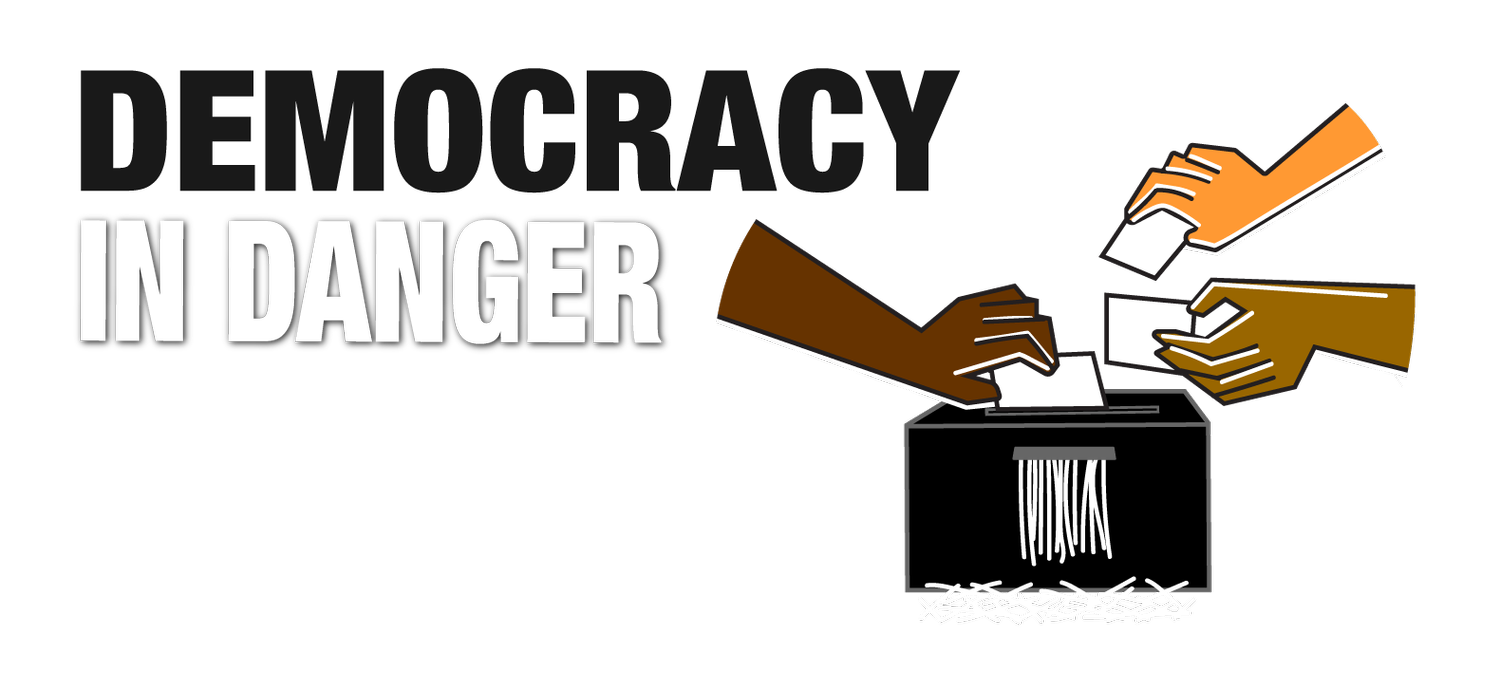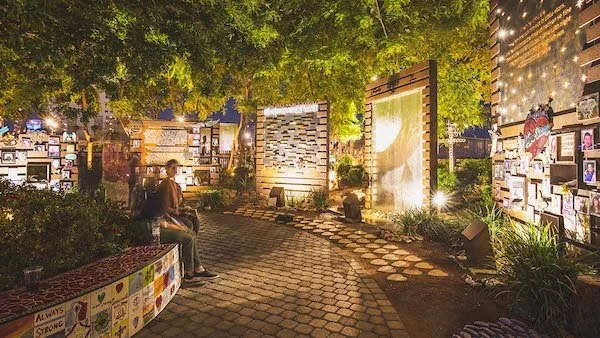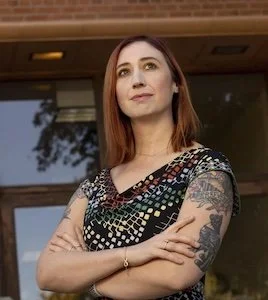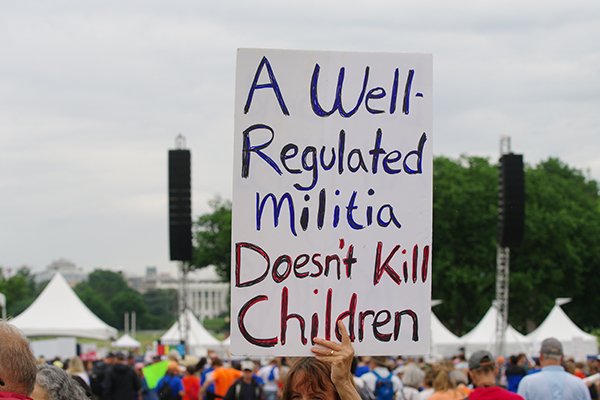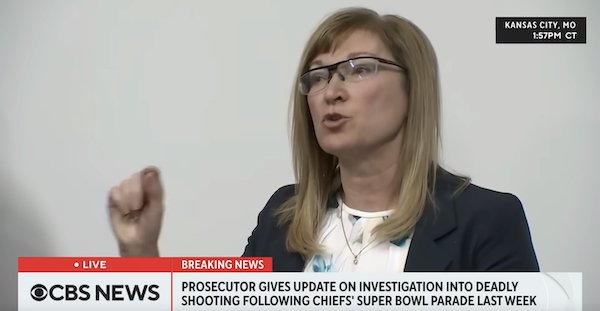Lethal Weapons
America is addicted to guns — and gun capitalism.
Read
Last year, there were 645 mass shootings in the United States, according to the Gun Violence Archive. In the latest major tragedy, at the Kansas City Super Bowl parade, one person was killed and 22 others — half of them children — suffered gunshot wounds. But here’s something you may not know: since then, there have been another 26 mass shootings. Historian Andrew McKevitt and sociologist Jennifer Carlson join Will for a conversation about the history, politics and economics of America’s deadly gun culture.
After World War II, McKevitt says, Americans found themselves with more income and leisure time than ever — and a new group of gun capitalists moved in for the kill. Actually, he says, gun makers and the federal government alike fostered new markets, anxieties and incentives for firearms ownership, fundamentally changing the country’s relationship with these lethal weapons. Carlson, meanwhile, maps out the political landscape that emerged in the mid-20th century and continues to influence the debate over gun violence today. In her fieldwork among gun sellers and buyers, she observed how attitudes about firearms become entrenched in uncompromising political allegiances.
And until Americans come to terms with the contradiction between their obsession with guns and their widespread desire to stop the madness, McKevitt and Carlson both say, mass shootings will not abate.
Meet
Andrew C. McKevitt is the John D. Winters Endowed Professor of History at Louisiana Tech University. His research focuses on the Cold War and U.S. foreign relations in the 20th century. His most recent book is Gun Country: Gun Capitalism, Culture, and Control in Cold War America (2023, UNC Press). Follow him @drewmckevitt.
Jennifer Carlson is a sociologist at Arizona State University and a 2022 MacArthur Fellow. Her work examines gun violence, gun regulation and the social dynamics of gun ownership. She is the author of Merchants of the Right: Gun Sellers and the Crisis of American Democracy (2023, Princeton University Press). Carlson has also written Citizen-Protectors: The Everyday Politics of Guns in an Age of Decline (2015, Oxford University Press) and Policing the Second Amendment: Guns, Law Enforcement, and the Politics of Race (2020). Follow her @jdawncarlson.
In Gun Country, McKevitt shows how the communist scare of the Cold War, the economic boom of the 1950s and the influx of cheap guns from postwar Europe contributed to the rise of firearms ownership.
Check out McKevitt’s list of readings on gun studies. Or read his syllabus for the course “Guns and Gun Violence in American History.”
McKevitt argues in an essay for Time magazine that the gun industry makes its billions peddling an ideology of fear and self-defense against unseen evils.
Carlson takes a contemporary look at gun distribution in Merchants of the Right. Her book takes a close look at the recent pandemic-fueled surge in gun sales.
In an op-ed for The New York Times, Carlson and colleague Madison Armstrong reveal what they learned about guns in the United States after more than 10 years studying the problem.
Men in particular are drawn to firearms, Carlson wrote in 2015. “They see carrying a gun as a masculine duty,” she writes, “and the gun itself as a vehicle for a hardened kind of care-work — caring for others by shielding them from danger, with the threat of lethal force.”
Learn
Anticommunist hysteria has had a lasting and wide-ranging influence on American culture. While it gave gun sales a boost in the postwar era, it also influenced immigration policy and bred antisemitism.
On this episode, you’ll hear Will wax nostalgic — and introspective — about the marksmanship merit badges he earned as young scout in Cold War middle America. As it turns out, gun manufacturers indeed saw the Boy Scouts as an important piece of their marketing strategy.
There was a time in the United States when gun control was not only possible, but bipartisan. The Gun Control Act of 1968 imposed federal licensing, banned retail shipments of firearms across state lines and prohibited sales to minors and the mentally ill. Even the National Rifle Association, at the time, agreed the act was reasonable.
The motives behind conservative support for the measure were not altogether unproblematic, however. A string of uprisings across American cities — in response to racial oppression and white supremacist violence — played into the law-and-order side of the 1960s guns debate.
In the 1970s, the NRA began veering toward an more radical stance on the Second Amendment. One behavioral scientist at West Point has studied how the NRA drew on white religious nationalism to reshape beliefs around firearms.
Maybe that shouldn’t be surprising. As historian Carol Anderson explains in an earlier episode of D in D, the Second Amendment had decidedly racist origins.
In the 1993, Congress enacted the Brady Bill, requiring federal background checks before most gun purchases. The following year, it also passed an assault weapons ban — but that law later expired. The country’s most prominent gun lobby group, the NRA has decried state-level bans on AR-15s and other rifles as “disingenuous.”
Powerful though it is, the NRA and its leadership have been in serious trouble of late. The organization filed for bankruptcy in 2021, and last month a New York jury found former CEO Wayne LaPierre and other executives liable for misusing funds. Jurors ordered LaPierre to pay almost $4.4 million in restitution.
The gun-safety group Everytown estimates the annual cost of gun violence at $557 billion, or 2.6 percent of the country’s gross domestic product. That’s more than 10 times what the gun industry contributed to the economy in 2021.
More than half of Americans consistently support stricter gun laws, while about 64 percent also say most people should be able to own a gun legally, according to the Pew Research Center. This nuance in public opinion helps explain why many pro-regulation advocates are shifting the discourse from gun control to violence prevention.
A 2023 survey by the Kaiser Family Foundation found that more than half of Americans have been touched in some way by gun violence. The Center for American Progress shares the stories of shooting survivors.
A recent scholarly paper argues that the antigun movement, paradoxically, has helped entrench the firearms debate, making it an issue “whose time has come” but also one that never gets resolved. Meanwhile, research shows that mass shootings tend to accelerate gun ownership.
Can political leaders transcend this dynamic and reduce gun violence? Groups like the Liberal Gun Club are trying to promote a middle ground through the morass.
Heard on the show
In our intro, we dropped some news clips about the Feb. 14 Kansas City shooting. These included three broadcasts from CBS and its local affiliate, plus one from ABC News.
Transcript
Coming soon!

